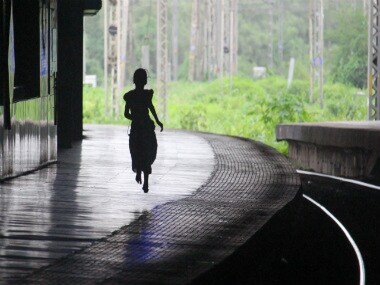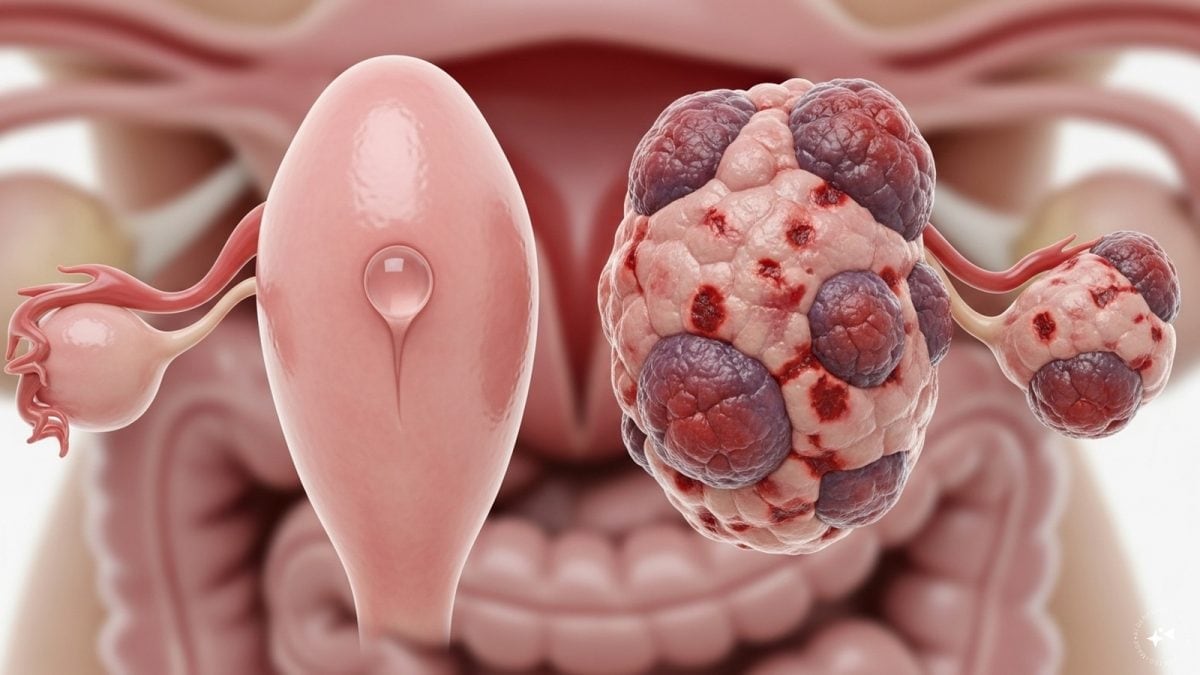The world has celebrated 11 October as the International Day of the Girl Child every year since 2012. This year’s theme, GirlForce: Unscripted, Unstoppable, is an acknowledgement of what girls can do if we just don’t stand in their way. In India, Prime Minister Narendra Modi launched the Beti Bachao, Beti Padhao campaign in January 2015 to promote the well-being and education of girls. [caption id=“attachment_7484921” align=“alignleft” width=“380”]  Representational image. Image source: Getty Images.[/caption] The data, however, show that India has a long way to go to achieve gender parity. For starters, women and girls make up only 48.5% of the population, according to data from the Central Statistics Office, Ministry of Statistics and Programme Implementation. Data show that the sex ratio at birth is tipping even further towards boys. While the country’s overall sex ratio stood at 943 females for every 1,000 males at the last census in 2011, government data show that the sex ratio has dropped below 900 today. The country’s sex ratio at birth — the number of girls born per 1,000 boys — has fallen consistently, from 900 in 2013-15 to 898 in 2014-16 and 896 in 2015-17. Indian girls and women also have poorer access to healthcare. According to the 71st National Sample Survey, Indians spend Rs741 annually on non-hospital treatment for urban males on average, compared with Rs629 for girls and women living in the cities. Even at the most basic level, data suggest discrimination against girls. For example, Indian girls are more likely to be anaemic — a condition that affects overall growth — than boys. One of the biggest reasons for anaemia is, of course, poor or inadequate diet. According to the recent Comprehensive National Nutrition Survey (CNNS), India 2016–18, preschoolers and adolescents in most states (Kerala has the best track record) were affected by anaemia. Here’s a look at the condition, and how it affects India’s betis.
What is anaemia?
Medically, “an” means absence or less of something and “aemia” refers to blood or a component or substance of blood. Therefore, anaemia is a condition in which there is a lack of red blood cells (RBC) in the circulating blood or less haemoglobin (iron-containing pigments) in the RBCs themselves. Haemoglobin is the pigment that makes our blood a fiery-red colour. It also carries oxygen to each and every cell of the body. For binding to oxygen, haemoglobin needs iron - an essential micronutrient.
How anaemia undercuts GirlForce
In an anaemic condition, our tissues don’t get enough oxygen. An adequate supply of oxygen is crucial for tissues and organs to function properly. In their absence, the body suffers and manifests in the form of fatigue, loss of energy, malaise, shortness of breath on even slight physical activity, rapid heartbeat, pale skin and muscle cramps. According to the World Health Organization, “Anaemia is also associated with delayed mental and psychomotor development and an increased risk of maternal mortality.” A nutrition-deficient condition like anaemia is extremely prevalent among all age groups of both genders, although young girls are the worst affected. According to the Global Nutrition Report 2017, 51% of women of reproductive age (15 - 49 years) in India are anaemic.
India’s nutritional survey
In 2016, the Ministry of Health and Family Welfare tied up with UNICEF to do a comprehensive national nutrition survey. The goal: to evaluate the micronutrient deficiencies (vitamins and minerals) and prevalence of non-communicable lifestyle diseases such as diabetes, hypertension, cholesterol and kidney function in children and adolescents across the nation by end-2018. The surveyors randomly selected 112,316 children and adolescents between 0 and 19 years from all 30 states. The survey included anthropometric measurement - an evaluation of the size, shape and composition of the body. Of the 1 lakh-plus participants, 51,029 gave blood, urine and stool samples for further evaluation of their nutritional status. Finally, the survey reported that anaemia is one of the major public health issues in preschool age groups in 27 states. Schoolgoers in 15 states and adolescents in 20 states have a high incidence of anaemia. The survey also pointed out that while more than 50% of children under five (both boys and girls) had anaemia, this percentage gradually decreased to 15% among 11-year-olds. According to the survey, the severity of anaemia was different based on age group - 22% preschoolers had mild anaemia, 18% had moderate and only 1% had severe anaemia. Among the adolescents, 17% had mild anaemia, 10% had moderate and 1% had severe anaemia. Both female adolescents (above 12 years) and female adults (above 40) had 18% higher incidence of anaemia than the surveyed males. Kerala showed the least number of anaemic schoolgoing children (3%) and adolescents (9%) whereas Manipur had the lowest number of preschoolers with anaemia (10%). On the high side of the graph, more than half the preschoolers from Madhya Pradesh (54%) were affected by anaemia, and 46% of adolescents from West Bengal were anaemic. Recently, the Punjab government started a campaign to raise awareness about anaemia. If we truly want to give Indian girls a fighting chance to participate in sports, in public life, in world-changing careers, reducing the rate of anaemia in the country might be a good start. Health articles in Firstpost are written by myUpchar.com, India’s first and biggest resource for verified medical information. At myUpchar, researchers and journalists work with doctors to bring you information on all things health. For more information, please read our article on Anaemia: Types, Symptoms, Treatment_._


)

)
)
)
)
)
)
)
)



